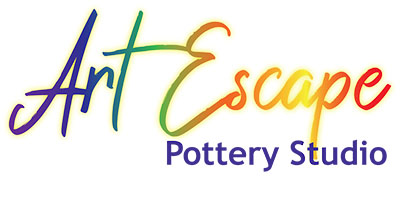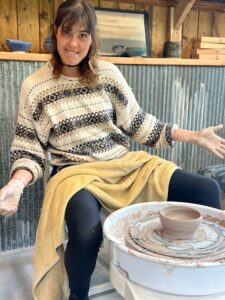Pottery: An Unexpected Pathway to Mathematical Proficiency
Pottery, often associated with creativity and artistic expression, may not seem like an obvious route to improving math skills. However, the process of creating pottery involves a myriad of mathematical concepts and problem-solving skills that can benefit learners of all ages. With the guidance of a skilled pottery teacher, students can develop a deeper understanding of mathematical principles and enhance their proficiency in math through hands-on pottery practice.
Geometry in Clay: Pottery making is inherently geometric, requiring an understanding of shapes, angles, and spatial relationships. From shaping clay on the wheel to constructing vessels with slabs or coils, potters must navigate geometric concepts such as symmetry, proportion, and volume. By working with three-dimensional forms and manipulating clay into various shapes, students can reinforce their understanding of geometry and develop spatial reasoning skills.
Measurement and Proportion: Precision is essential in pottery making, where small variations in measurements can have significant effects on the final outcome of a piece. Pottery students learn to measure and proportion clay accurately, whether it’s for throwing uniform vessels on the wheel or cutting slabs to construct intricate forms. Through practice, students develop a keen sense of measurement and learn to apply mathematical concepts such as ratios and proportions to achieve desired results.
Calculation of Materials: Creating pottery involves calculating the quantities of materials needed for clay bodies, glazes, and other additives. Pottery teachers guide students in understanding the relationship between material quantities, batch sizes, and recipe formulations. By working with recipes and conducting material calculations, students strengthen their arithmetic skills and learn to apply mathematical concepts to real-world scenarios.
Understanding Kiln Firing: Firing pottery in a kiln requires an understanding of temperature, time, and rate of heating and cooling. Pottery teachers educate students about the principles of thermodynamics and heat transfer involved in kiln firing. Students learn to interpret kiln schedules, adjust firing parameters, and anticipate changes in clay and glaze materials based on firing conditions. Through these experiences, students engage with mathematical concepts related to temperature scales, rates of change, and thermal equilibrium.
Problem-Solving and Critical Thinking: Pottery making involves a constant process of problem-solving and critical thinking. When faced with challenges such as clay defects, glaze imperfections, or structural weaknesses in a piece, students must analyze the problem, identify potential solutions, and make informed decisions to address the issue. Pottery teachers foster a supportive learning environment where students are encouraged to experiment, take risks, and learn from their mistakes, promoting the development of problem-solving skills and mathematical reasoning.
Integration of Math into Pottery Lessons: Skilled pottery teachers seamlessly integrate mathematical concepts into pottery lessons, making connections between theory and practice. Through demonstrations, discussions, and hands-on activities, teachers engage students in mathematical exploration and encourage them to apply math concepts in a meaningful context. By providing concrete examples and practical applications, teachers demystify math and inspire students to develop a positive attitude towards mathematical learning.
In conclusion, pottery offers a unique and engaging platform for improving math skills and fostering mathematical proficiency. By exploring geometric principles, mastering measurement techniques, understanding material calculations, analyzing kiln firing processes, and honing problem-solving skills, pottery students develop a deeper appreciation for the mathematical foundations of pottery making. With the guidance of a skilled pottery teacher, students can cultivate mathematical confidence and competence while discovering the joy of creative expression through clay

